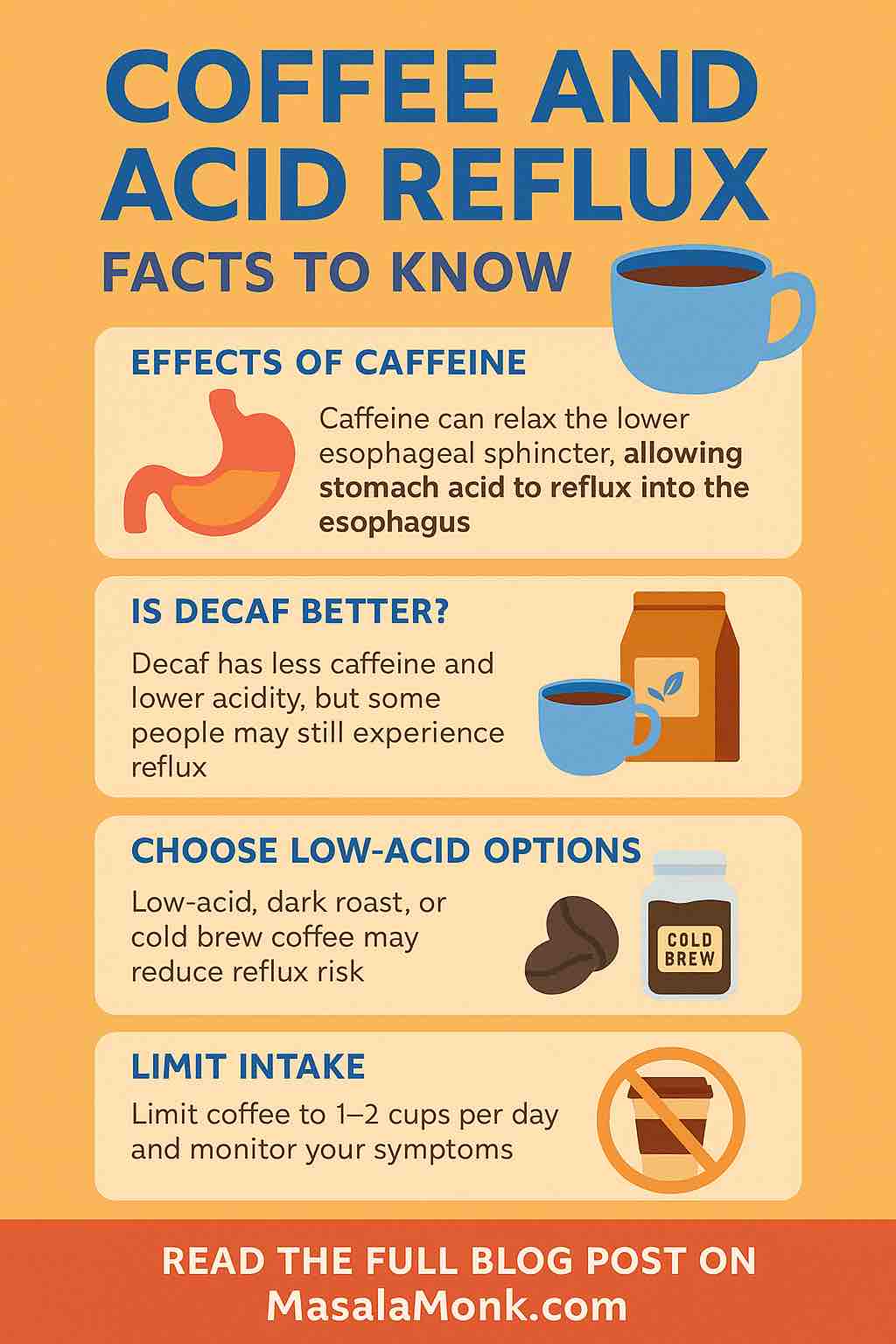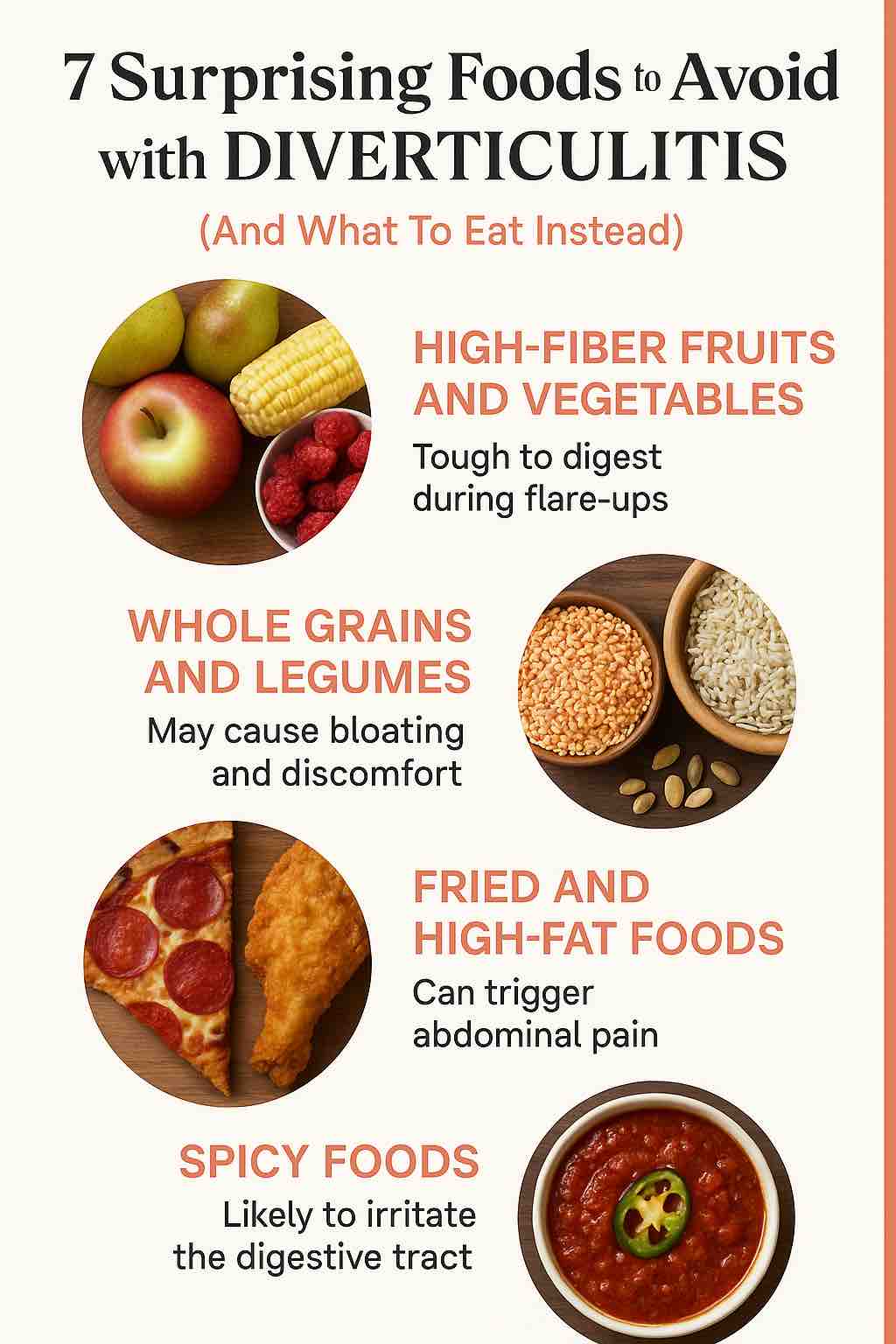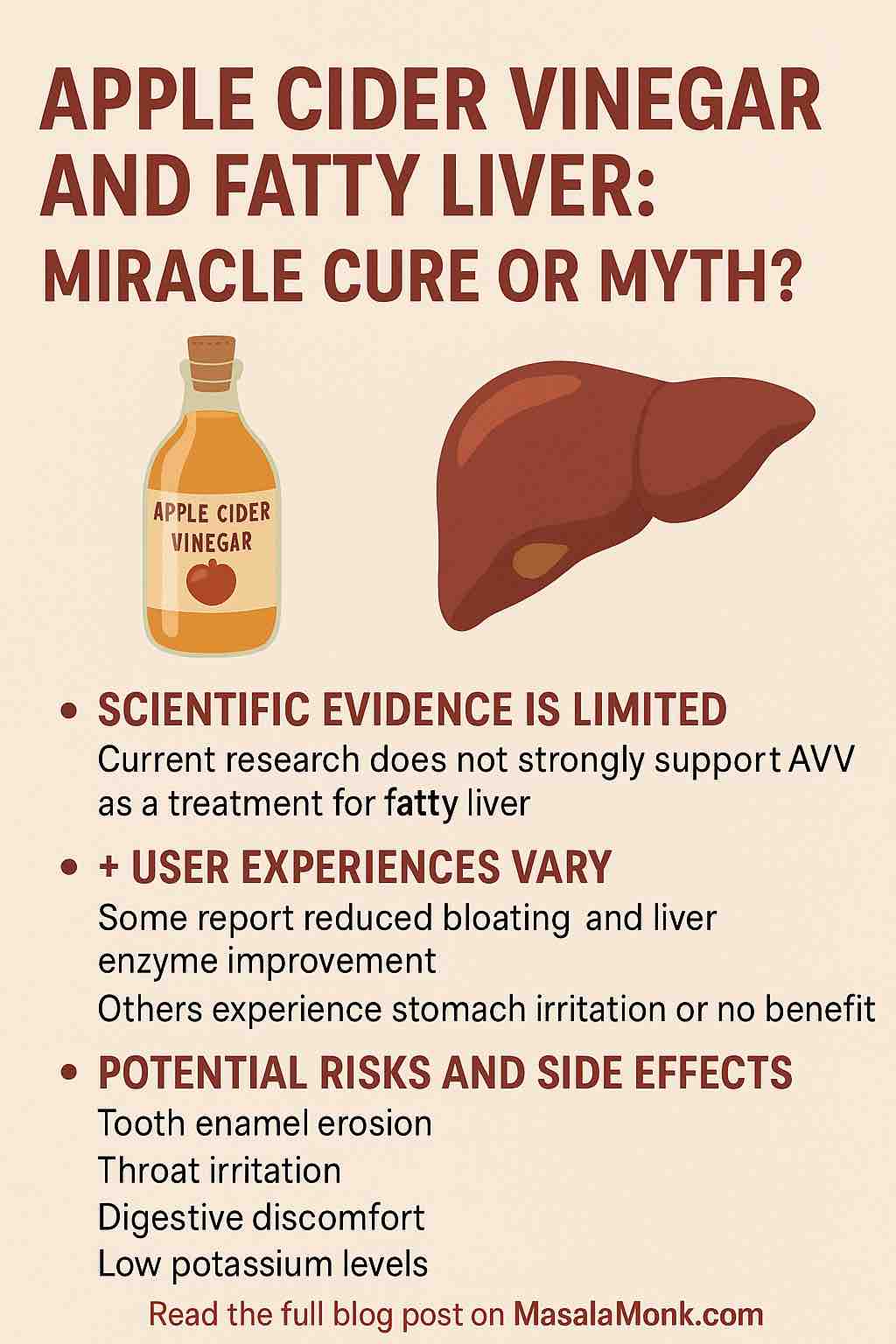
If you’ve ever reached for a bowl of popcorn during a movie night only to find yourself later battling acid reflux or heartburn, you’re not alone. Popcorn is a beloved snack worldwide, but for people living with acid reflux, heartburn, or GERD (gastroesophageal reflux disease), choosing safe foods can feel like navigating a minefield.
So, is popcorn safe for acid reflux and GERD sufferers? The answer isn’t as simple as yes or no. Let’s explore the science, expert advice, and even real user experiences to help you decide if popcorn can fit into your reflux-friendly diet.
Understanding Acid Reflux, Heartburn, and GERD
Before we dive into popcorn specifics, a quick refresher:
- Acid reflux occurs when stomach acid flows back up into the esophagus, causing irritation and that familiar burning sensation known as heartburn.
- GERD is the chronic and more severe form of acid reflux, often requiring lifestyle adjustments and sometimes medication.
Managing these conditions often means avoiding foods that trigger or worsen symptoms. These typically include spicy foods, high-fat meals, caffeine, and acidic foods like citrus and tomatoes.
The Good News: Popcorn’s Nutritional Profile
Popcorn is a whole grain and high in fiber, which is a big plus for digestion. Fiber helps keep your digestive system running smoothly, can reduce overeating, and may even help prevent reflux episodes by improving stomach emptying.
Plain, air-popped popcorn is naturally:
- Low in fat
- Low in acid
- Free from common reflux triggers like spicy ingredients or heavy oils
These characteristics make popcorn a potentially good snack choice for acid reflux and GERD sufferers — if prepared right.
The Catch: Preparation Is Everything
Here’s where many popcorn lovers unknowingly sabotage their gut health:
Avoid These:
- Butter and heavy oils: These add fat, which can relax the lower esophageal sphincter (LES) — the valve that keeps stomach acid where it belongs — making reflux more likely.
- Microwave popcorn: Often loaded with unhealthy fats, artificial flavorings, and preservatives that can irritate the esophagus.
- Spicy or acidic seasonings: Chili powder, vinegar-based toppings, and other acidic flavors can inflame sensitive tissue.
Go For These:
- Air-popped popcorn: Using an air popper or a light spray of healthy oil like olive oil.
- Mild seasoning: A pinch of sea salt, nutritional yeast (for a cheesy flavor), or herbs like rosemary.
- Portion control: Eating popcorn in small amounts rather than a huge bowl helps avoid stomach overfilling, which can trigger reflux.
What Does Science Say?
While there’s limited direct scientific research specifically on popcorn and GERD, nutritional experts generally agree:
- Fiber-rich foods help digestion and reflux: Popcorn, as a whole grain, fits this profile.
- High-fat and highly processed snacks worsen reflux: So avoid buttery, oily, or flavored popcorn.
A key takeaway: The lower the fat and the fewer additives, the safer popcorn is for acid reflux.
Real User Experiences: The Mixed Bag
Browsing forums like Reddit and health communities reveals diverse experiences:
- Some users swear by plain popcorn as a go-to snack that doesn’t flare their symptoms.
- Others report discomfort, describing popcorn as irritating or causing a feeling of food stuck in the throat.
This variability highlights the importance of personal tolerance — what works for one person might not work for another.
Tips for Enjoying Popcorn Without the Burn
- Make it yourself: Air-popped popcorn made fresh at home lets you control ingredients.
- Skip the butter: Try a small drizzle of heartburn-friendly oils or just a dash of salt.
- Eat mindfully: Don’t binge on popcorn — eat slowly and in moderation.
- Avoid late-night snacking: Give your stomach time to digest before lying down.
- Keep a food journal: Track what you eat and how it affects your symptoms to identify your personal triggers.
Conclusion: Is Popcorn Safe for You?
Popcorn isn’t inherently bad for acid reflux or GERD — it’s how you prepare and consume it that matters most. For many, plain air-popped popcorn is a crunchy, satisfying snack that fits well within a reflux-friendly diet. For others, it might cause irritation or discomfort, especially if eaten with heavy fats or seasonings.
If you love popcorn but struggle with reflux, try making it plain at home and see how your body reacts. Remember, managing acid reflux is highly individual, and finding safe, enjoyable snacks can take a bit of trial and error.
Do you have a popcorn and reflux story? Whether it’s a hit or a miss, I’d love to hear your experience. Drop a comment below!
FAQs
1. Is plain popcorn safe for acid reflux and GERD?
Yes, plain air-popped popcorn is generally safe for acid reflux and GERD sufferers because it is low in fat and acid, and high in fiber, which can aid digestion and reduce reflux symptoms.
2. Can buttered or microwave popcorn trigger heartburn?
Yes, buttered or microwave popcorn often contains high fat, oils, and artificial additives that can relax the lower esophageal sphincter and worsen reflux or heartburn symptoms.
3. How should popcorn be prepared to be reflux-friendly?
Use an air popper or stovetop with minimal healthy oil, avoid heavy butter or spicy seasonings, and keep portions moderate to prevent reflux.
4. Does popcorn cause reflux for everyone?
No, individual tolerance varies. Some people with GERD find popcorn completely safe, while others may experience irritation or discomfort after eating it.
5. Is the fiber in popcorn beneficial for acid reflux?
Yes, fiber helps digestion and promotes stomach emptying, which can reduce the likelihood of acid reflux episodes.
6. Can popcorn be eaten at night by someone with GERD?
It’s best to avoid eating popcorn or any food close to bedtime since lying down soon after eating increases reflux risk.
7. What are good seasoning options for popcorn if I have acid reflux?
Mild options like sea salt, nutritional yeast, or gentle herbs such as rosemary are preferable over spicy or acidic seasonings.
8. How much popcorn is safe to eat for someone with acid reflux?
Portion control is key; eating small servings helps prevent stomach overfilling and reduces reflux risk.
9. Can flavored popcorn like caramel popcorn cause reflux?
Sweet popcorn might be tolerated in small amounts, but sugary or highly processed varieties can sometimes trigger symptoms for sensitive individuals.
10. Should I keep a food journal to monitor popcorn’s effect on my reflux?
Yes, tracking your diet and symptoms helps identify personal triggers, making it easier to enjoy popcorn safely or avoid it if necessary.













